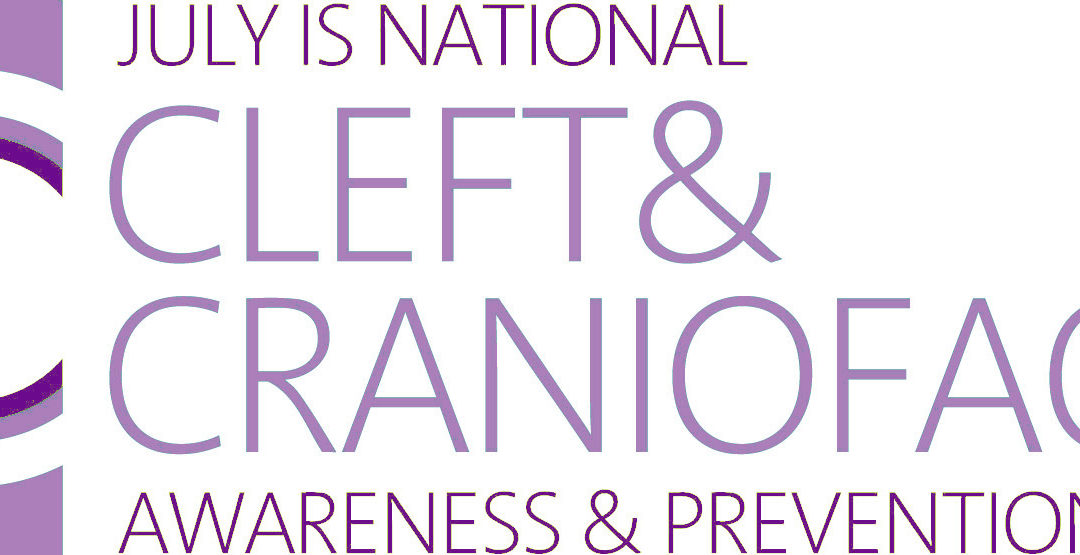Whenever I mention a Cleft Lip and Palate to someone I get a mixture of responses – some people know what they are, others have never heard of it. So I thought I would include some information on what Clefts are.
What is a cleft lip and palate?
During the early stages of pregnancy when the lip (4-7 weeks) and palate (6-9 weeks) of the mouth form, they do not completely fuse together properly, creating a gap in the lip or palate.
What causes a cleft lip and palate?
They are believed to be caused by a combination of genes and other factors. While some incidents can be attributed to genetic predisposition, in the vast majority of cases the cause is unknown. In the study of the causes of clefts, they do find associations with the use of drugs and alcohol during pregnancy, as well as exposure to chemicals. However, no direct link has been established.
How common are clefts?
Cleft lips and cleft palates can occur in isolation from each other, or they can occur together. Around 1 in 500 to 1 in 700 births are affected by one or the other, or both types. Cleft lips and palates are one of the most common types of birth defects.
How are clefts treated?
Surgery. The first surgery was in 390 BC in China.
Cleft lips are recommended to be repaired within the first year of life and cleft palates within the first 18 months. Additional surgeries may be needed both as a child and again as an adult.
Many hospitals or communities have cleft teams who work specifically with cleft affected children to address the variety of issues children may face. Cleft teams help provide for a more comprehensive care plan.
Other Issues
Patients with cleft lips and palates often experience dental, hearing, speech, and eating difficulties. Some patients may have other associated medical issues.
Crissy

